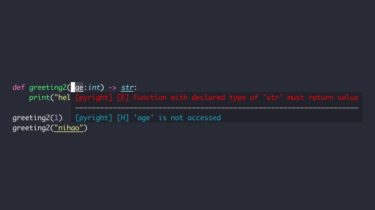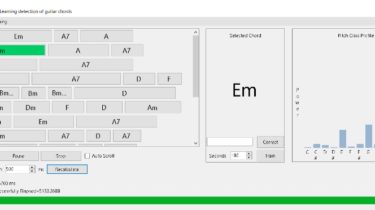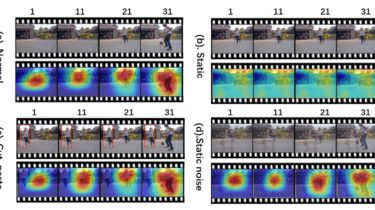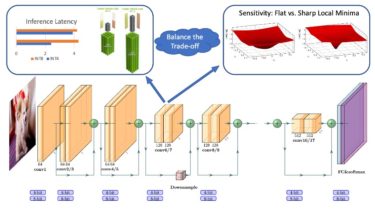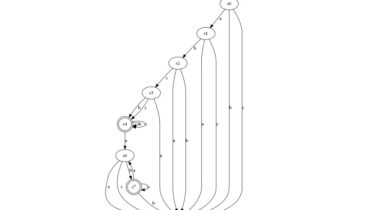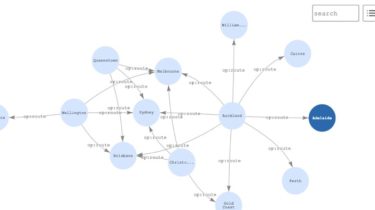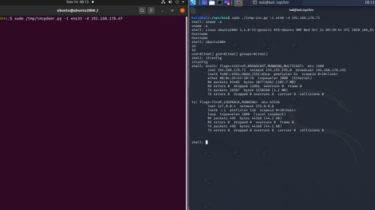Pyright extension for coc.nvim
pyright.enable Enable coc-pyright extension true python.analysis.autoImportCompletions Determines whether pyright offers auto-import completions true python.analysis.autoSearchPaths Automatically add common search paths like ‘src’ true python.analysis.diagnosticMode Analyzes and reports errors for open only or all files in workspace openFilesOnly python.analysis.stubPath Path to directory containing custom type stub files typings python.analysis.typeshedPaths Paths to look for typeshed modules [] python.analysis.diagnosticSeverityOverrides Override the severity levels for individual diagnostics {} python.analysis.typeCheckingMode Defines the default rule set for type checking basic python.analysis.useLibraryCodeForTypes Use library implementations to extract type […]
Read more